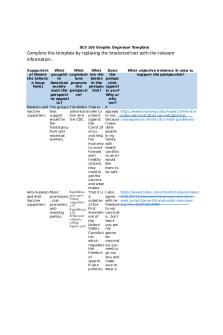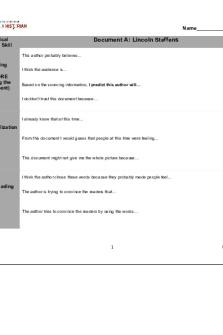Graphic Organizer PDF

| Title | Graphic Organizer |
|---|---|
| Course | Advanced Methodologies of Structured English Immersion |
| Institution | Grand Canyon University |
| Pages | 3 |
| File Size | 161.1 KB |
| File Type | |
| Total Downloads | 36 |
| Total Views | 176 |
Summary
Graphic Organizer...
Description
Instructional Strategies for ELLs Pre-Emergent Instructional Strategies Content Area Speaking and Listening
Strategy and Description Read aloudReading out loud will not only highlight the language but it can also help students learn new words (Robertson and Ford, n.d.).
Reading
Visual Aid- Here the teacher can utilize visual aids that will help the students to point out and say the picture that relates to the vocabulary. Motions and Body language are also useful to the students so that they can learn and understand the difference of words they are being taught to them. (Robertson and Ford, n.d.). Student Interpreter- Having a classmate who understands the language help through interpreting. (Robertson and Ford, n.d.).
Writing
Justification Pre-emergent students have little to no language skills during this stage. Consequently, their language abilities at the current level are limited, with them using short sentences, reading out aloud helps them to listen in while absorbing another perception for another language (Robertson and Ford, n.d.). As pre-emergent students have little English language skills, the teacher can use strategies that empower the students to grasp the vocabulary being addressed them just as well as visually understanding their vocabulary (Herrell and Jordan, 2016).
Knowing that there are more advanced students in the class that can help the students are struggling will encourage the students who are struggling to reach out and ask them for help (Robertson and Ford, n.d.).
Emergent Instructional Strategies Content Area Speaking and Listening
Strategy and Description Sharing stories with a partnerPairing the students up with a partner and have the students take turns sharing their stories while the other one writes down important things (Reading Rockets, n.d.).
Justification Using familiar subjects will let the students sentence length increase. This exercise can help encourage and develop their talking and listening abilities. (Reading Rockets, n.d.)
Reading
Finger point reading- Give the students a story and have that story on the projector and use a yard stick or laser pointer to follow the words as the teacher is reading the story and then have the students follow along with their fingers (Reading Rockets, n.d.)
While students at this level are familiar with the alphabet, not all the words will become recognizable so using tools like the pointer or yard stick while the students read will help them understand the new words (Reading Rockets, n.d.)
Writing
Sentence BuildingGiving the students a paper that has sentences that are missing words and have the students pick out what vocabulary word they think will best fit that sentence (Robertson and Ford, n.d.).
Lessons that have the students fill in the blank will give them experience on how to use the words in the context of the sentence and will give the students a better comprehension of the words and their meaning and when to use it in proper sentence structures (Robertson and Ford, n.d.).
Basic Instructional Strategies Content Area Speaking and Listening
Strategy and Description Agree or Disagree- Ask the students if they agree or disagree with the statement that was said and have them explain why they chose their answer (Robertson and Ford, n.d.).
Reading
Improve VocabularyTeachers can improve the students reading abilities by just focusing in on key vocabulary terms. Then the students can upgrade their pronunciation. This can be accomplished when the instructor focusing on the different sounds and the stress areas in the vocabulary. (Robertson and Ford, n.d.). Short Essays- Teachers giving the students questions that must be answered in the form of short essays (Robertson and Ford, n.d.).
Writing
Justification This exercise will help the students not only with listening to the other students but also allowing everyone to either agree or disagree without causing issues (Robertson and Ford, n.d.). At this level, the student’s speech is going to become fluent. Having the students work on their pronunciation and language is going to be beneficial for them by finding the different sounds each word makes (Robertson and Ford, n.d.).
Students are going to have a language that they are fluent in, but giving them challenges is going to create opportunities for the students to improve their proficiency (Echevarría and Graves, 2014).
Intermediate Instructional Strategies Content Area Speaking and Listening
Strategy and Description Giving Presentations in EnglishHaving the students do oral presentations in only English not only will help them understand what they are talking about, but it will give them a better understanding of the language (Robertson and Ford, n.d.).
Justification Even though the students are talking in English good at this stage having them give presentations only in English will help them boost their knowledge and understand of the English language (Echevarría and Graves, 2014).
Reading
Etymology- Have the students make connections with their new vocabulary words by using word families (Robertson and Ford, n.d.).
Students are fluent in English at this level and this exercise will help them get a little better at English by finding words that belong to the same word family (Echevarría and Graves, 2014).
Writing
Graphic Organizers- Having the students fill in each part of the organizer with the correct details (Robertson and Ford, n.d.).
Having the students make graphic organizers is going to help them search and find the right details (Robertson and Ford, n.d.).
References Echevarría, J., and Graves, A. (2014). Sheltered Content Instruction: Teaching English Learners with Diverse Abilities ESL433N, Fifth Edition, Pearson Education, Inc. Retrieved from htps://viewer.gcu.edu/FQJCVM Herrell, A. L, and Jordan, M. (2016). 50 Strategies for Teaching English Language Learners. Pearson Education, Inc. Retrieved from htps://viewer.gcu.edu/D2DPGX Reading Rockets (n.d). Emergent Readers: Look! That's My Letter! Retrieved from Emergent Readers: Look! That's My Letter! | Colorín Colorado (colorincolorado.org) Robertson, K., and Ford, K. (n.d). Language Acquisition: An Overview. Retrieved from Language Acquisition: An Overview | Colorín Colorado (colorincolorado.org)...
Similar Free PDFs

Graphic Organizer
- 3 Pages

SCS 100 Graphic Organizer
- 1 Pages

Wordsworth Graphic Organizer A
- 2 Pages

Amanda Lang Graphic Organizer
- 4 Pages

Graphic Organizer Table
- 6 Pages
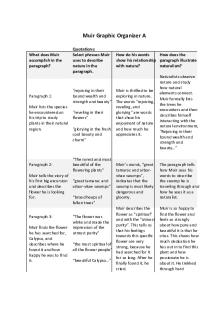
Muir Graphic Organizer A
- 2 Pages
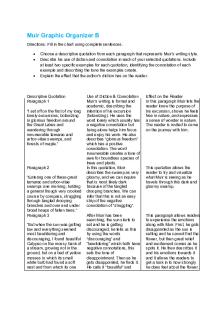
Muir Graphic Organizer B
- 2 Pages

Spacecat Graphic Organizer
- 1 Pages

Graphic Organizer - Rizal
- 2 Pages
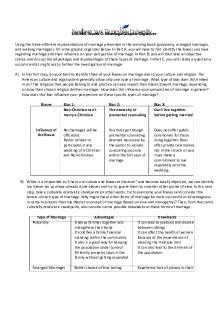
Graphic Organizer on Marriage
- 2 Pages

Final Graphic Organizer-2
- 3 Pages
Popular Institutions
- Tinajero National High School - Annex
- Politeknik Caltex Riau
- Yokohama City University
- SGT University
- University of Al-Qadisiyah
- Divine Word College of Vigan
- Techniek College Rotterdam
- Universidade de Santiago
- Universiti Teknologi MARA Cawangan Johor Kampus Pasir Gudang
- Poltekkes Kemenkes Yogyakarta
- Baguio City National High School
- Colegio san marcos
- preparatoria uno
- Centro de Bachillerato Tecnológico Industrial y de Servicios No. 107
- Dalian Maritime University
- Quang Trung Secondary School
- Colegio Tecnológico en Informática
- Corporación Regional de Educación Superior
- Grupo CEDVA
- Dar Al Uloom University
- Centro de Estudios Preuniversitarios de la Universidad Nacional de Ingeniería
- 上智大学
- Aakash International School, Nuna Majara
- San Felipe Neri Catholic School
- Kang Chiao International School - New Taipei City
- Misamis Occidental National High School
- Institución Educativa Escuela Normal Juan Ladrilleros
- Kolehiyo ng Pantukan
- Batanes State College
- Instituto Continental
- Sekolah Menengah Kejuruan Kesehatan Kaltara (Tarakan)
- Colegio de La Inmaculada Concepcion - Cebu

